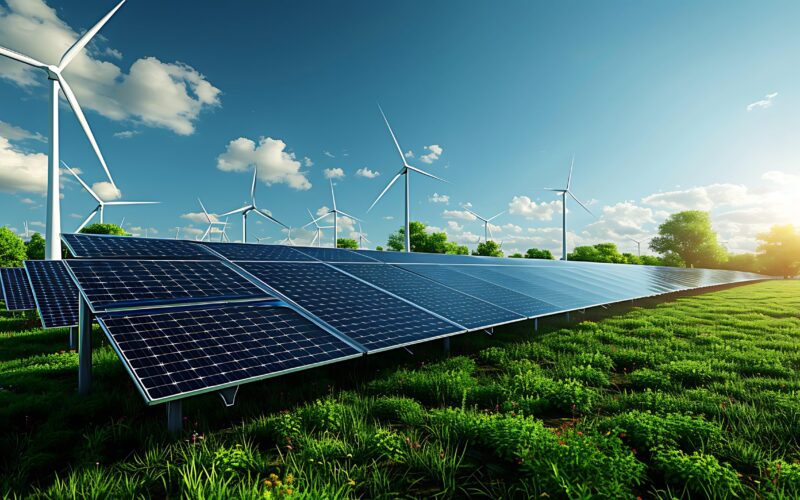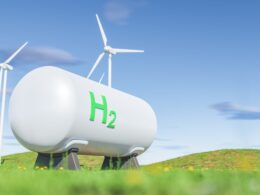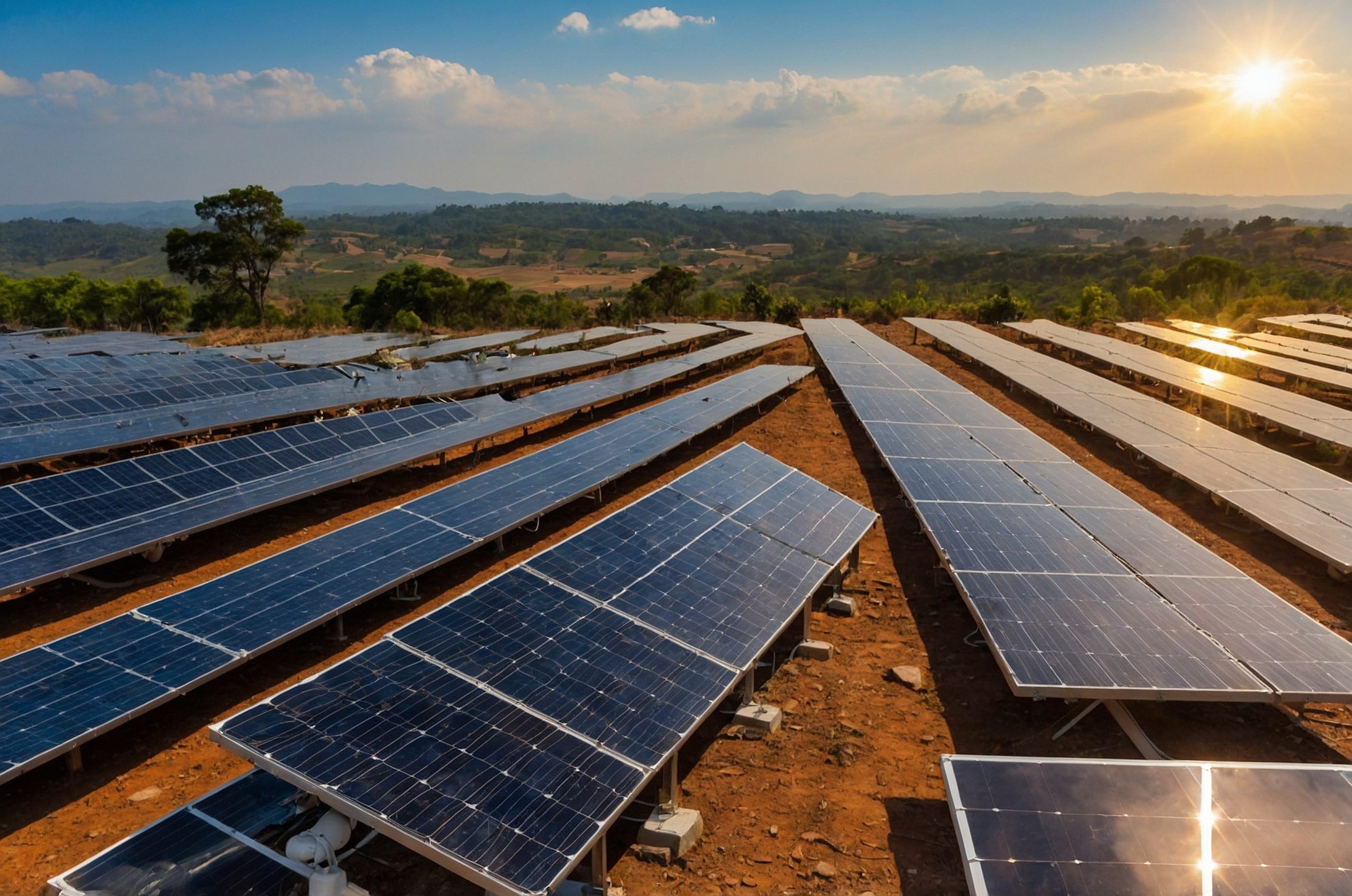A new report from the Institute for Energy Economics and Financial Analysis (IEEFA) highlights that solar and offshore wind power projects in seven Asian markets—Japan, South Korea, Malaysia, Taiwan, Vietnam, Philippines, and Indonesia—could generate over 873 gigawatts (GW) of clean energy by 2050, with an investment potential exceeding US$1.1 trillion.
IEEFA forecasts that solar PV projects aim to achieve 634 GW of capacity by 2050, requiring an investment of US$394 billion, with approximately US$346 billion potentially allocated to local supply chains. Meanwhile, offshore wind projects represent a US$621 billion opportunity to deliver 239 GW of capacity, with around US$425 billion expected to be invested locally.
Additionally, there is an opportunity in the maritime sector valued between US$72 billion to US$97 billion to develop offshore wind installation and service vessels, with nearly all investment expected to be sourced regionally.
“This report highlights the here-and-now opportunity to capitalie on the renewable energy supply chain,” says Grant Hauber, IEEFA’s Strategic Energy Finance Advisor, Asia, adding, “Solar energy offers immediate investment benefits to the Asia Pacific, while the advantages of participating in the offshore wind supply chain will develop over the next several years.”
According to the report, non-panel and non-turbine spending will account for at least 75% of total investment through 2050, representing a $770 billion opportunity for domestic industries over the next 25 years.
Offshore wind resources in Asia are abundant, high-quality, and predictable. The region’s traditional maritime economies possess inherent advantages in shipbuilding, steel fabrications, marine maintenance, and offshore services, making them well-suited for large-scale offshore wind projects.
“The wind energy capacity available to nearly every country in the Asia Pacific is greater than their current total installed capacity from all sources of generation. Wind farms are becoming competitive enough to undercut imported natural gas and coal, even in markets where those prices are subsidized and in the absence of carbon pricing,” said Hauber.
The global demand for offshore wind farms presents significant opportunities for shipyards across the Asia Pacific region to capitalize on this growth. Currently, the construction of specialized vessels, particularly for installing next-generation wind turbines, is largely concentrated in niche shipyards in Norway and China.
Only about 20% of inputs for wind farms in the region are currently sourced locally, but sustained demand could increase this to between 66% and 80% of total investment value, according to Hauber. The combined market for offshore wind farms and specialty vessels is estimated to offer an investment opportunity of approximately US$878 billion through 2050.





















